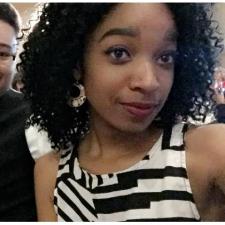Hola Lucy !
Con gusto te ayudo!
The past participle can be used to form the perfect tenses.
The past participle is a non-personal verbal form that is used to form the perfect tenses. These tenses indicate the completion of an action. We form perfect tenses by using a form of the verb ‘to have’/’haber’ followed by the past participle. The verb ‘to have’/haber is an auxiliary verb when used in the perfect tenses.
To form the past participle from the infinitive is easy: drop the AR ending and add -ado. For the infinitive verbs that have an ER, IR ending you drop that ending and add -ido.
For example:
Infinitive Past Participle Present Perfect Tense
Caminar caminado yo he caminado/ I have walked
Comer comido yo he comido / I have eaten
Vivir vivido yo he vivido / I have lived.
Past participles can act as adjectives too. When used this way the past participle has to agree in gender and number with the noun it modifies. For example :La casa tiene dos ventanas abiertas. The house has to open windows./ Son los libros mas vendidos por ellos. Those are the books they sold the most./ Es la carta enviada por Maria. It is the letter sent by Maria.
It can also be used with the passive voice, just as in English. For example, to turn active vioce to passive voice:
Juan lee el libro. John reads the book. (Active Voice)
El libro es leido por Juan. The book is read by John. (passive voice)






